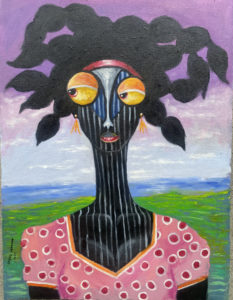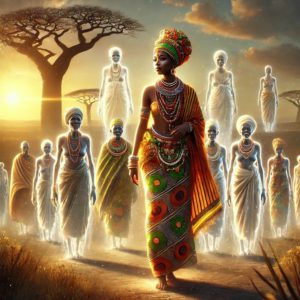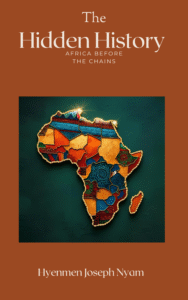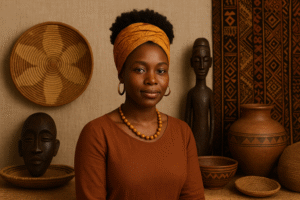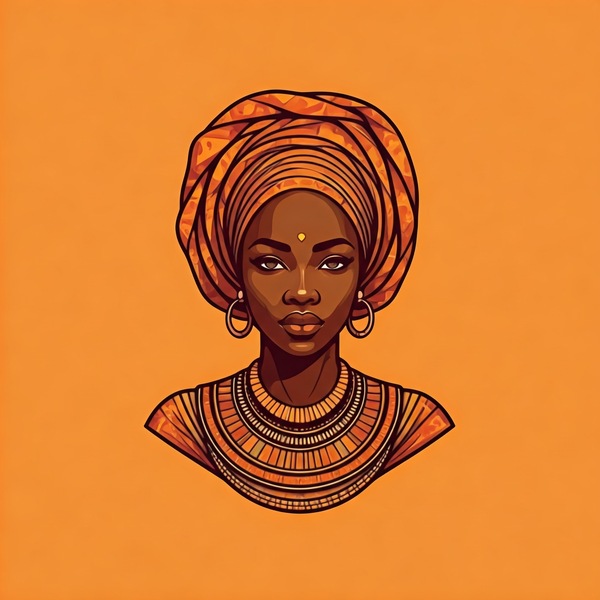Nigerian Art from Colonialism to Post-Independence
This vibrant modern period laid the crucial groundwork for the global recognition and diverse expressions seen in contemporary Nigerian art today.
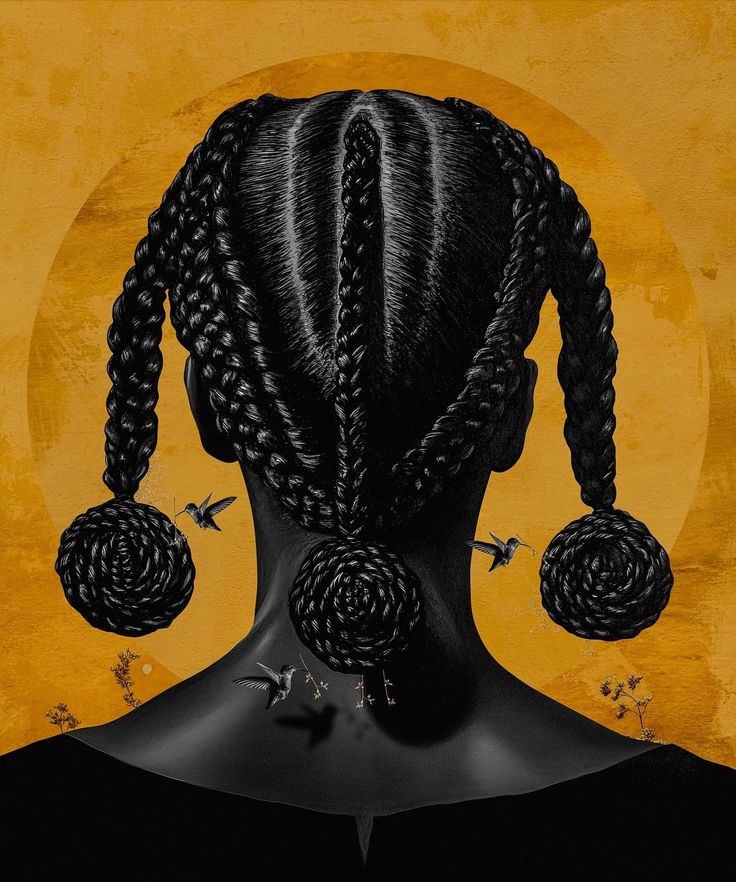
The brushstrokes of change swept across Nigeria long before independence, profoundly impacting its ancient and continuous artistic traditions. As the echoes of Nok and Benin faded into historical reverence, new forces – notably colonialism and Western education – began to reshape artistic expression. This period, from the early 20th century through the exhilarating dawn of self-governance, wasn’t a rejection of the past but a complex negotiation, giving rise to a distinct Nigerian modernism. It was a time of adaptation, innovation, and the emergence of pioneering artists who consciously forged a new aesthetic identity, culminating in movements like the influential Zaria Art Society.
The Colonial Imprint: New Mediums, New Patrons
The arrival of British colonial rule in Nigeria brought with it a different artistic paradigm. Traditional art, deeply integrated into communal life and spiritual systems, faced new challenges and opportunities.
Shift in Patronage and Purpose: Colonial administration and Christian missionaries became new patrons, often commissioning art for churches, administrative buildings, or as ethnographic curiosities. This differed significantly from the traditional system where art was created for ritual, royalty, or community use.
Introduction of Western Materials and Techniques: Oil paints, canvas, watercolors, and easel painting were introduced through mission schools and, later, formal art education. This began to shift artistic focus from purely sculptural forms to two-dimensional media.
Early Adaptations and Individual Pioneers: Some early artists, often trained in mission schools, began to blend indigenous themes with Western techniques. Artists like Aina Onabolu (1882–1963) are considered pioneers. Onabolu, who received formal art training in London and Paris in the early 20th century, championed realistic portraiture and academic painting, advocating for formal art education in Nigeria. His work represented an early attempt to show that African artists could master Western techniques, challenging colonial prejudices.
Ben Enwonwu (1917–1994): Perhaps the most prominent figure of this early modern period, Enwonwu was a globally recognized sculptor and painter. Trained extensively in Europe, he skillfully blended Western academic styles with Nigerian themes and sculptural forms, creating works that were both internationally legible and deeply rooted in his Igbo heritage. His iconic Anyanwu (1956), representing the awakening of the sun, became a powerful symbol of newly independent Nigeria.
The Emergence of Formal Art Education
A pivotal development was the establishment of formal art schools and departments, which provided institutional support and platforms for a new generation of artists.
Nigerian College of Arts, Science and Technology (NCAST), Zaria (now Ahmadu Bello University): Founded in 1953, the art department in Zaria became a hothouse for Nigerian modernism. Unlike earlier mission schools that often emphasized rote copying of European art, Zaria’s curriculum, under figures like Michael Crowder and later with Nigerian leadership, began to encourage a more nuanced approach.
The Zaria Art Society (1958-1961): A Radical Re-interpretation
The most significant movement to emerge from this period was the Zaria Art Society, formed by a group of Nigerian art students at NCAST. This highly influential collective, including future luminaries like Uche Okeke, Demas Nwoko, Bruce Onobrakpeya, Yusuf Grillo, and Simon Okeke, spearheaded a crucial ideological shift.
Natural Synthesis”: The core philosophy of the Zaria Art Society was “Natural Synthesis.” This was not simply about blending African and Western styles superficially. Instead, it was a profound intellectual and artistic endeavor to:
Study and internalize traditional Nigerian aesthetics and philosophy: Reclaiming the richness of their cultural heritage, beyond mere imitation.
Critically engage with Western art forms and techniques: Selecting elements that could serve their vision rather than blindly adopting them.
Synthesize these elements into a uniquely Nigerian modern art: Creating something new that was authentic, relevant, and rooted in their experiences as Nigerians coming into independence.
Their work often explored Nigerian mythology, folklore, history, social commentary, and the search for a post-colonial identity. They sought to create art that was both globally recognized and deeply meaningful to their own people.
Impact: The Zaria Art Society profoundly shaped the direction of modern Nigerian art. Its members went on to become influential artists, educators, and cultural figures, impacting generations of Nigerian artists and critics. Their philosophy of “Natural Synthesis” became a foundational principle for defining Nigerian modernism.
Post-Independence: Diversification and Expansion
The declaration of Nigerian independence in 1960 provided a powerful surge of nationalistic energy that further fueled artistic expression. Artists embraced new freedoms to explore themes of national identity, social justice, and the complexities of the new nation.
Lagos Art Scene: Lagos, as the commercial and cultural capital, became a vibrant hub for artists. Galleries like the National Museum Lagos and later private galleries provided spaces for exhibition and discourse.
Nsukka School: Another significant art center emerged around the University of Nigeria, Nsukka, particularly influenced by the work of Uche Okeke and later artists like Obiora Udechukwu. The Nsukka School championed the Uli aesthetic (a traditional Igbo body and mural art form characterized by abstract, curvilinear designs) as a source for contemporary artistic exploration, offering another powerful direction for Nigerian modernism rooted in indigenous forms.
Oshogbo School/Workshops: In contrast to the formal academic training, the Oshogbo workshops, initiated by Ulli Beier and Susanne Wenger in the 1960s, fostered a unique movement. These workshops encouraged self-taught artists, many with backgrounds in traditional crafts, to experiment with new materials and forms, often drawing on Yoruba mythology and folk art. Artists like Twins Seven-Seven and Nike Davies-Okundaye emerged from this vibrant, experimental environment, demonstrating a different pathway to modern artistic expression.
Legacy of Nigerian Modernism
The period from colonial influence to post-independence saw Nigerian art undergo a profound metamorphosis. It moved from a predominantly functional, traditional context to embrace individual artistic expression, new mediums, and complex intellectual engagement with global art movements. The pioneers of Nigerian modernism, particularly the Zaria Art Society, did not merely mimic Western styles; they critically engaged with their heritage, synthesizing it with modern influences to create an art form that was uniquely Nigerian, resilient, and relevant. This vibrant modern period laid the crucial groundwork for the global recognition and diverse expressions seen in contemporary Nigerian art today.

